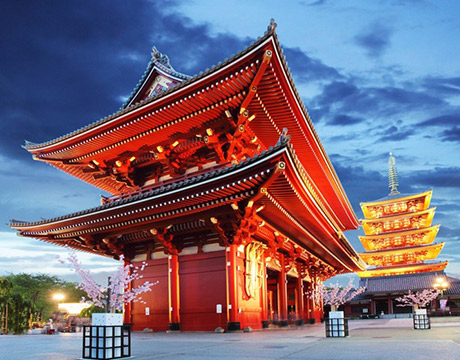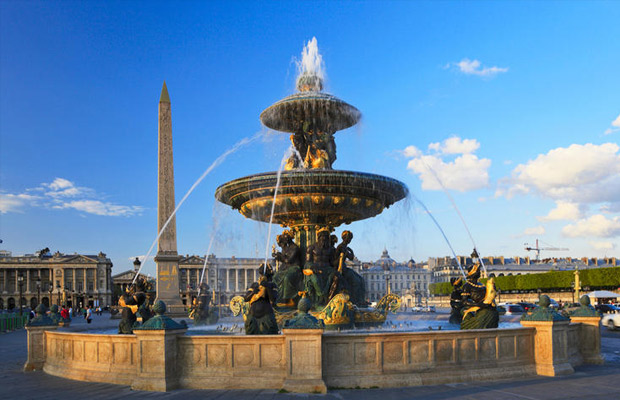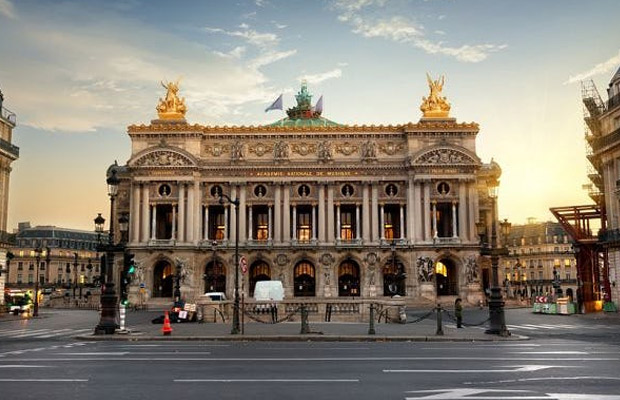Tuileries Garden
Tuileries Garden
France
Paris
Paris Travel Guide
Book Tour & Activities
Your tour in Paris.
Book your stay
Your hotel in Paris.
Overview
The Tuileries Garden is a public garden located between the Louvre and the Place de la Concorde in the 1st arrondissement of Paris, France. Created by Catherine de' Medici as the garden of the Tuileries Palace in 1564, it was eventually opened to the public in 1667 and became a public park after the French Revolution. In the 19th, 20th and 21st centuries, it was a place where Parisians celebrated, met, strolled and relaxed.
The Tuileries Garden is a public garden located between the Louvre and the Place de la Concorde in the 1st arrondissement of Paris, France. Created by Catherine de' Medici as the garden of the Tuileries Palace in 1564, it was eventually opened to the public in 1667 and became a public park after the French Revolution. In the 19th, 20th and 21st centuries, it was a place where Parisians celebrated, met, strolled and relaxed.
History and development
Garden of Catherine de' Medici
Floor plan by Jacques I Androuet du Cerceau. The engraving also includes a plan for the expansion of the palace which was never executed.
In July 1559, after the accidental death of her husband, Henry II, Queen Catherine de Medici decided to leave her residence of the Hôtel des Tournelles, at the eastern part of Paris, near the Bastille. Together with her son, the new king of France François II, her other children and the royal court, she moved to the Louvre Palace. Five years later, in 1564, she commissioned the construction of a new palace just beyond the wall of Charles V, not far from the Louvre, from which it would be separated by a neighborhood of private hotels, churches, convents, and the Hospice des Quinze-Vingts near the Porte Saint-Honoré.
For that purpose, Catherine had bought land west of Paris, on the other side of the portion of the wall of Charles V situated between the Tour du Bois and the 14th century Porte Saint-Honoré. It was bordered on the south by the Seine, and on the north by the faubourg Saint-Honoré, a road in the countryside continuing the Rue Saint-Honoré. Since the 13th century this area had been occupied by tile-making factories called tuileries (from the French tuile, meaning "tile").
Catherine further commissioned a landscape architect from Florence, Bernard de Carnesse, to create an Italian Renaissance garden, with fountains, a labyrinth, a grotto, and decorated with faience images of plants and animals, made by Bernard Palissy, whom Catherine had tasked to discover the secret of Chinese porcelain.
The garden of Catherine de' Medici was an enclosed space five hundred metres long and three hundred metres wide, separated from the new palace by a lane. It was divided into rectangular compartments by six alleys, and the sections were planted with lawns, flower beds, and small clusters of five trees, called quinconces; and, more practically, with kitchen gardens and vineyards.
The Tuileries garden was the largest and most beautiful garden in Paris at the time. Catherine used it for lavish royal festivities honoring ambassadors from Queen Elizabeth I of England, and the marriage of her daughter, Marguerite de Valois, to Henri III of Navarre, better known as Henry IV, King of France and of Navarre.
Address: Place de la Concorde, 75001 Paris, France
Opened: 1564
Hours: Open ⋅ Closes 9PM
Video Travel Inspiration
See Tuileries Garden on Map
Latest Windows Softwares
International Best-Selling Books
Lastest Mac Softwares
Best Selling Hospitality & Tourism Books
Most Popular Cities

Siem Reap
Cambodia
Ho Chi Minh City
Vietnam
Beijing
China
Paris
France
London
United Kingdom
New York
USA
Tokyo
Japan
Bangkok
Thailand
Seoul
South Korea
Vientiane
Laos
Yangon
Myanmar
Washington DC
USA
Los Angeles
USA
Ottawa
Canada
New Delhi
India
Singapore
Singapore
Kuala Lumpur
Malaysia
 English
English French
French Khmer
Khmer Thai
Thai Vietnamese
Vietnamese Chinese
Chinese Korean
Korean German
German Japanese
Japanese Italian
Italian Russian
Russian Spanish
Spanish Dutch
Dutch Indonesian
Indonesian Malay
Malay
















































